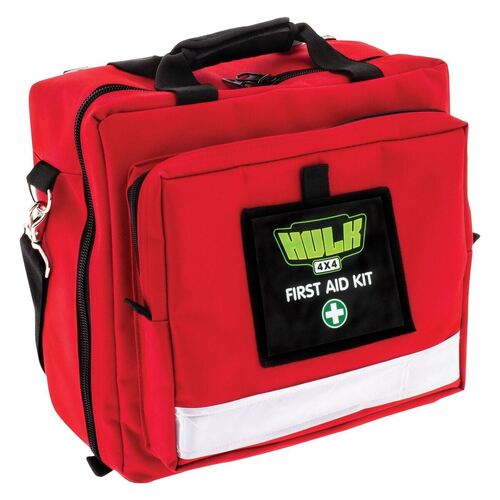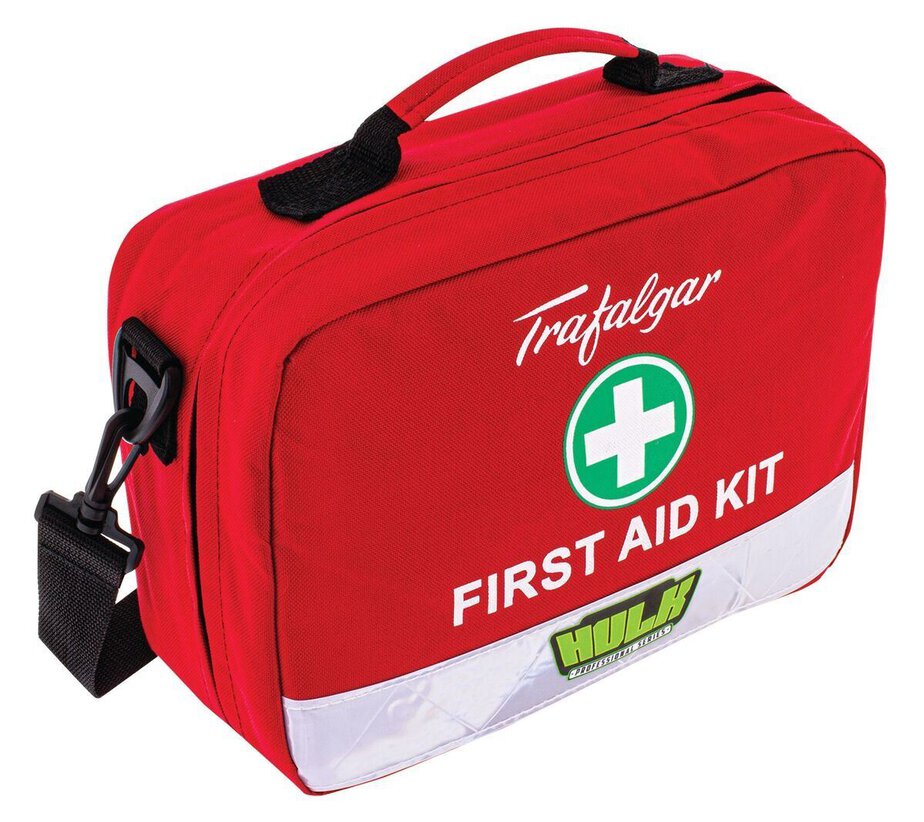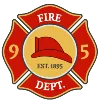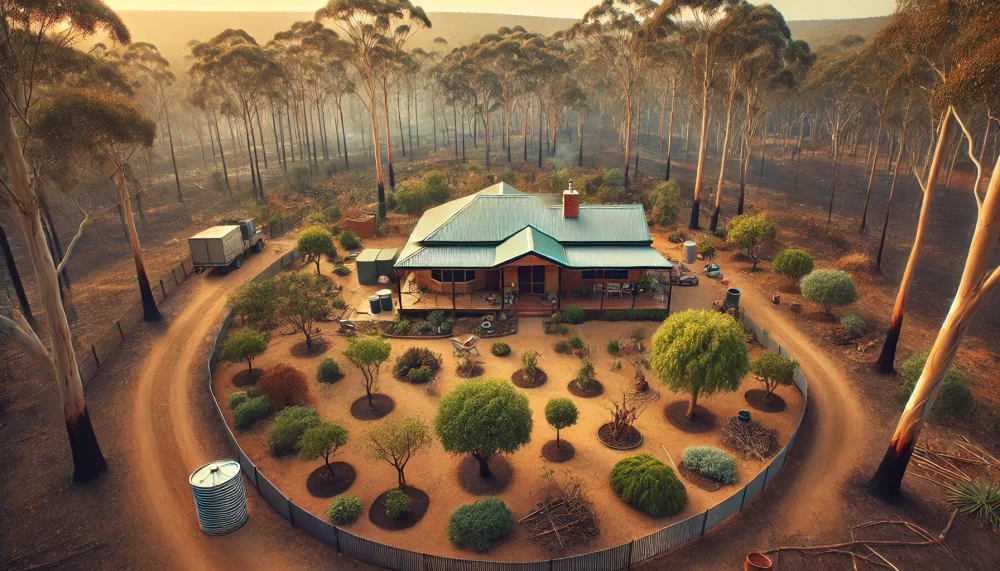- Home//
- Courses//
- About us//
- Contacts//
- Blog//
- News//
- Resources//
- Store//
- Privacy//
Bushfire Preparedness Australia: Essential Tips for Rural-Urban Interface Residents
- Home
- Bushfire Preparedness Australia: Essential Tips for Rural-Urban Interface Residents
Bushfires are an inherent part of Australia’s environment, but for residents living on the rural-urban interface, they pose a significant and growing threat. Preparing your home and family for bushfire season is not just recommended—it’s essential. In this guide, we’ll explore critical aspects of bushfire preparedness in Australia, offering practical tips and expert advice to help you stay safe.
Bushfire Preparedness Quiz for Residents on the Rural-Urban Interface in Australia
Your Overall Result
Understanding the Causes of Bushfires in Australia
Australia’s bushfire season is influenced by natural and human-made factors. The primary causes of bushfires include:
- Lightning strikes: These are responsible for igniting about 50% of bushfires, particularly in remote areas.
- Human activity: Arson, unattended campfires, and discarded cigarettes are leading contributors to bushfires near urban areas.
- Environmental conditions: Prolonged drought, high temperatures, and strong winds create the perfect storm for fire ignition and spread.
Recognizing these causes is the first step in understanding how to mitigate the risks.
Creating a Defensible Space: Clearing Vegetation Around Your Home
A well-maintained defensible space around your property can significantly reduce your bushfire risk. The recommended clearance zone is at least 20 meters, and here’s how to create it:
- Remove flammable vegetation: Clear dry grass, shrubs, and fallen leaves.
- Prune trees: Keep branches at least 2 meters from the ground and away from your home.
- Relocate firewood: Store it at least 10 meters from your house.
This defensible space can stop radiant heat and embers from igniting your property.
Essential Items for Your Bushfire Survival Kit
Every household in a bushfire-prone area should have a well-stocked survival kit. Here are the essentials:
- A battery-powered torch with extra batteries.
- First aid kit with burn treatments.
- Protective clothing, including long sleeves and sturdy boots.
- Emergency contact list and a battery-powered radio.
- Bottled water and non-perishable food for at least 3 days.
- Copies of important documents stored in a waterproof bag.
Having these items on hand ensures you’re ready for any emergency.
When and How to Prepare for Bushfire Season
Bushfire preparation begins well before summer. Use spring as your planning and preparation season:
- Inspect your property: Clear gutters, seal gaps in roofing, and remove debris.
- Practice your survival plan: Ensure every family member knows what to do and where to go in case of a fire.
- Stay informed: Use local fire authority websites and apps to track fire danger ratings and alerts.
Being proactive can save lives and property.
Staying Safe When Defending Your Property
Deciding to defend your property during a bushfire is a significant decision requiring preparation and knowledge:
- Have adequate water supplies: A reliable pump, hoses, and water tanks are critical.
- Dampen your property: Wet down the roof, walls, and surrounding area to reduce ignition risk.
- Wear protective gear: Heat-resistant clothing, goggles, and gloves are essential.
Remember, leaving early is always the safest option.


Choosing Fire-Resistant Roofing and Building Materials
The materials used in your home can make a significant difference during a bushfire:
- Metal roofing: Highly fire-resistant and less likely to ignite from embers.
- Bushfire shutters: Protect windows from radiant heat and embers.
- Non-flammable fences: Metal or brick fencing reduces the spread of fire to your home.
Investing in fire-resistant materials is a wise long-term decision.
Understanding the Fire Danger Rating System
The Fire Danger Rating (FDR) provides valuable information about bushfire risk levels. The highest rating, Catastrophic, means conditions are extremely dangerous, and evacuation is the safest course of action. Familiarize yourself with the FDR system and use it to guide your daily decisions during bushfire season.
Why Every Household Needs a Bushfire Survival Plan
A bushfire survival plan outlines the actions you’ll take before, during, and after a bushfire. Key elements include:
- Evacuation routes and meeting points.
- Communication plans with family and neighbors.
- A checklist for preparing your home and packing essential items.
Having a plan ensures you won’t have to make critical decisions under duress.
Safe Places to Shelter During a Bushfire
If caught outside during a bushfire, your safest option is:
- A clearing away from trees, vegetation, and flammable materials.
- Avoid areas like cars or water tanks, which can trap heat.
For those at home, ensure you have a designated safe room with no windows and a solid door to shield against radiant heat.
The Danger of Embers and How to Mitigate It
Embers are a leading cause of property loss during bushfires. These small, burning particles can travel long distances, igniting homes far from the fire front. Mitigation strategies include:
- Installing ember guards on vents and gutters.
- Keeping roof spaces sealed and clear of debris.
- Regularly inspecting and maintaining your property.
Addressing ember risks can make the difference between losing and saving your home.
Conclusion: Take Action Today to Stay Safe
Bushfire preparedness in Australia is not just about protecting property—it’s about saving lives. By understanding bushfire causes, creating defensible spaces, and having a clear survival plan, you can significantly reduce your risk. Stay informed, be prepared, and act early when bushfire conditions arise.










